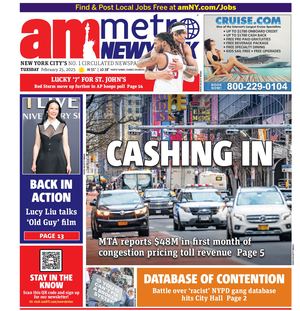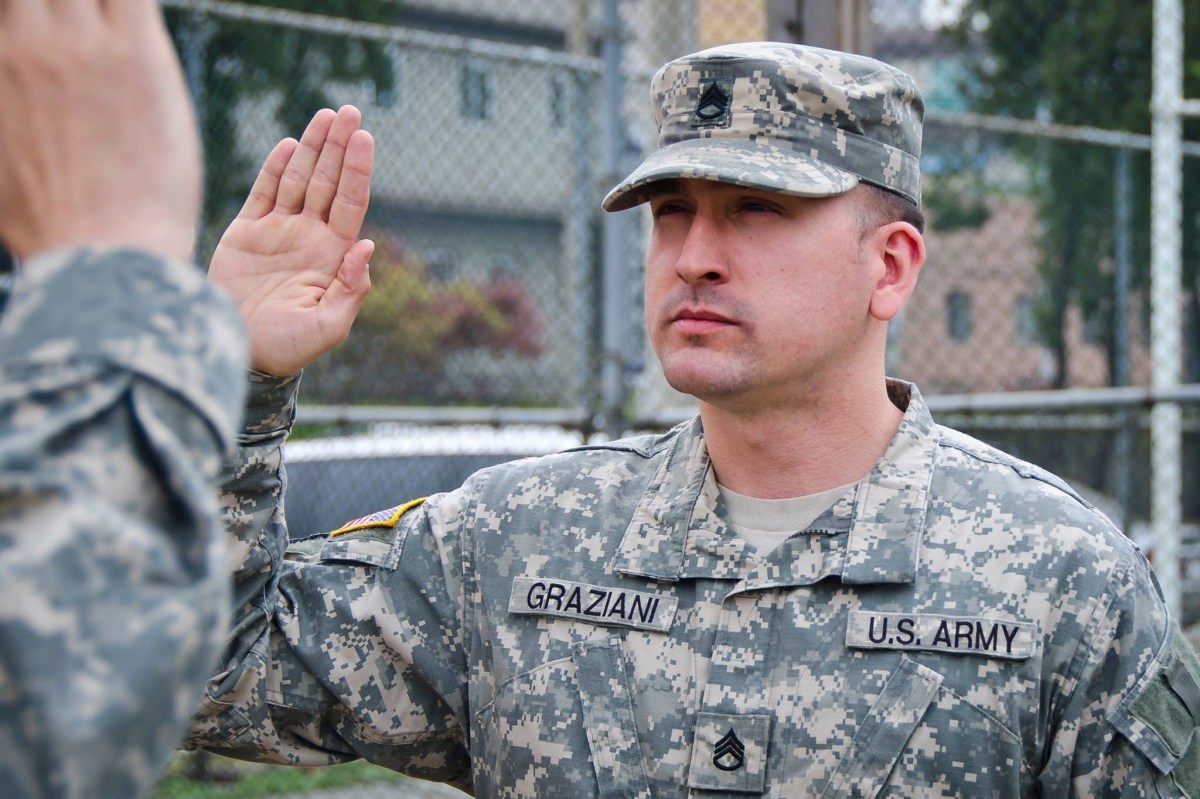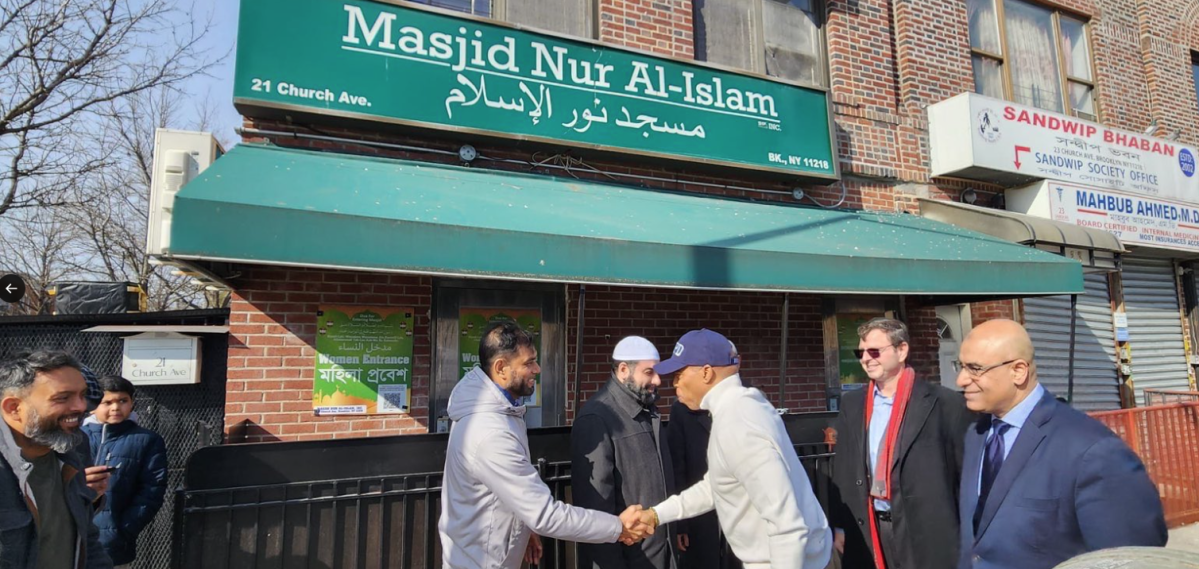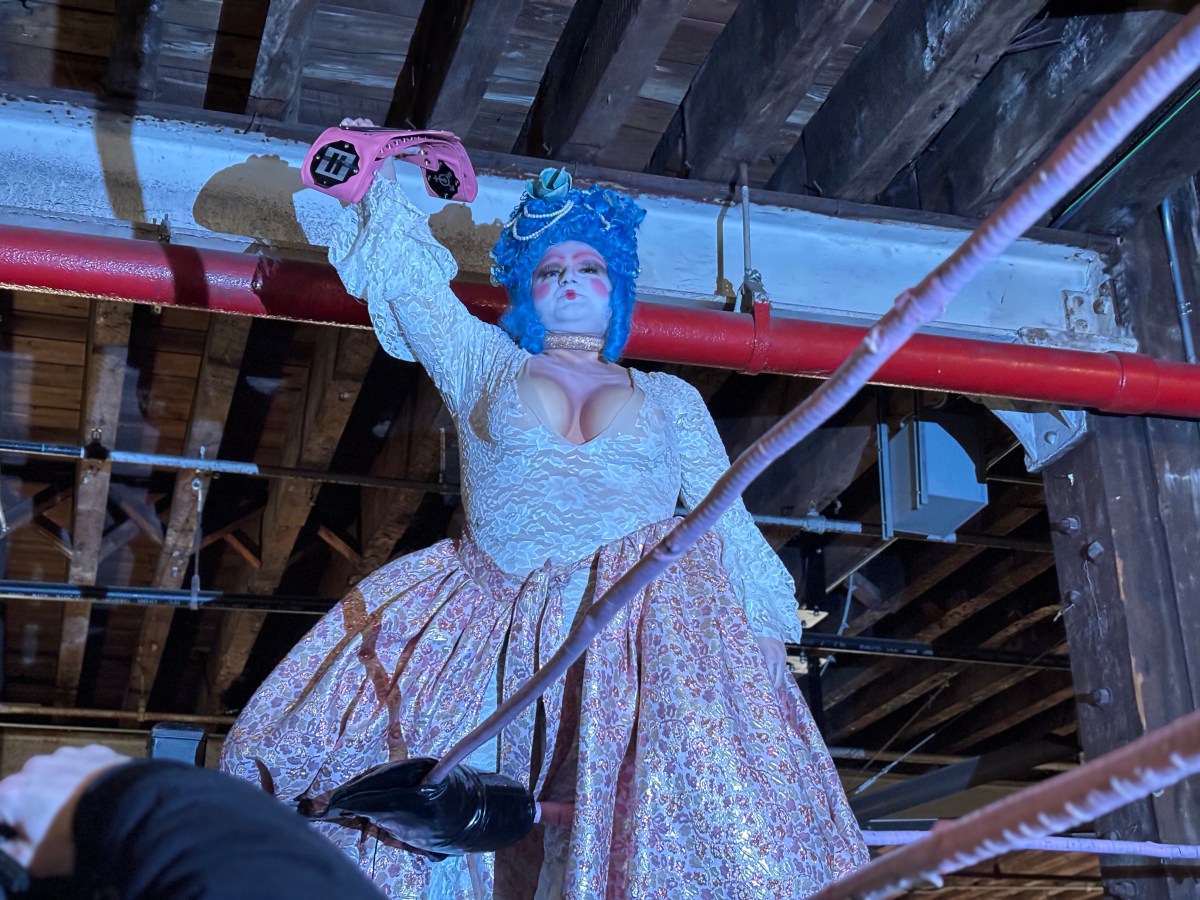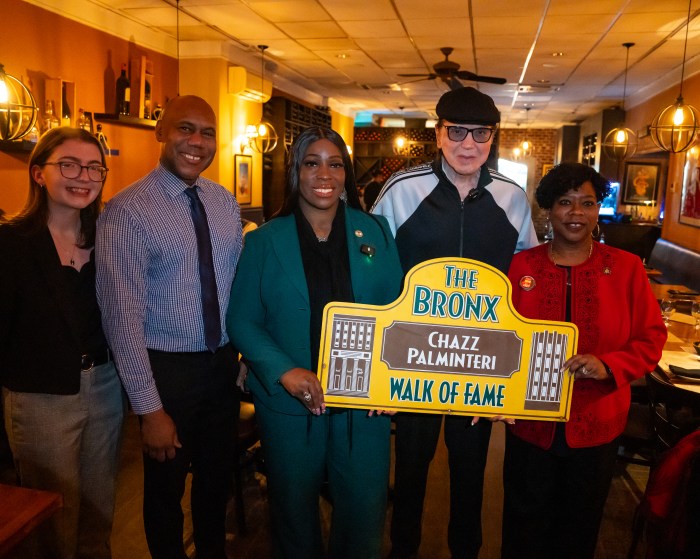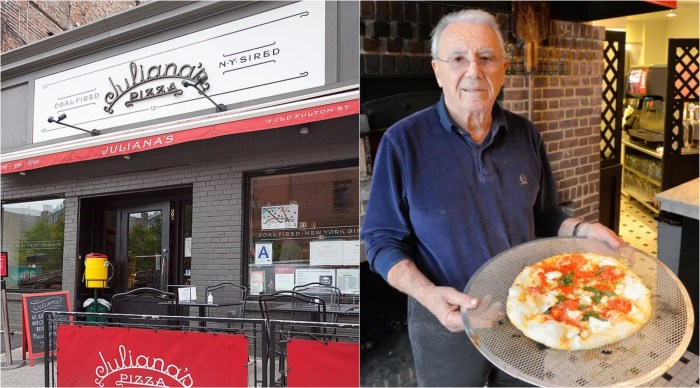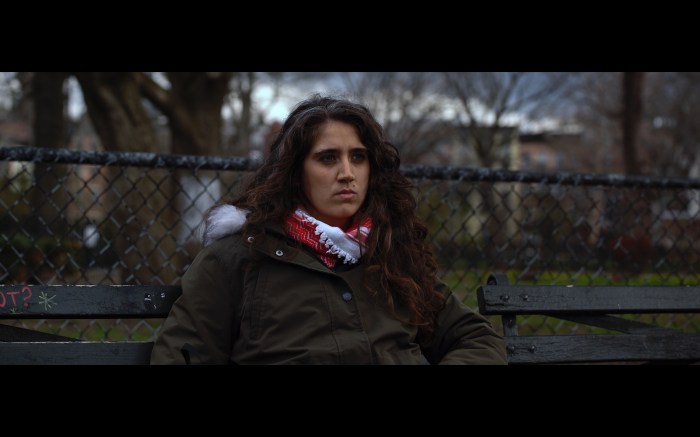The Vietnam War has been a staple for authors, artists and historians for decades. America’s longest war is currently the subject of a lauded documentary series by Ken Burns and Lynn Novick and now the New-York Historical Society is weighing in as well.
The institution is the “first major U.S. museum to take up the challenge of mounting an exhibition on the Vietnam War,” according to NYHS president and CEO Louise Mirrer, who called the project “one of our most ambitious exhibitions ever.”
“The Vietnam War: 1945-1975” is not just a display of artifacts and artwork, though both are abundant, including the 7,000-page Pentagon Papers and the iconic “Napalm Girl” photograph, but a chronological examination of the war from the rise of communism in Asia after World War II through the 1975 evacuation of Saigon and beyond. President Lyndon B. Johnson’s July 1965 decision to double the monthly draft calls gets a lot of attention, as does the 1968 Tet Offensive. The POW/MIA situation after the war is less prominent.
The 3,000-square-foot exhibit is roughly divided by U.S. presidents, with small sections devoted to North Vietnam’s President Ho Chi Minh and South Vietnam’s President Ngo Dinh Diem. Diem was assassinated Nov. 2, 1963, after a successful coup that America tacitly endorsed. One of several compelling audio exhibits is a recording of then-President John F. Kennedy speaking into his Dictaphone on Nov. 4, 1963, expressing “shock” at the “abhorrent” killing of Diem. Kennedy himself would be assassinated just 18 days later.
A highlight of the exhibit are two 24-by-6-foot illustrated murals, titled the ”War Front” and the “Home Front,” which depict South Vietnam and the United States in 1966-67. Each has interactive touchscreens that allow the scenes to be explored further.
Artist Matt Huynh created the murals in close consultation with NYHS curators, as well as a military historian who gave regular debriefings, he told amNewYork.
Huynh said the projects were “personal interrogations” for him, too. He is Australian of Vietnamese descent, “a little bit distant from [the war] but not so distant that it’s irrelevant.” Huynh said he has done storytelling work about “boat people and refugees, refugee camps, settlement and migrant communities, and then Chinatowns,” so the examination of the actual war, especially from a U.S. perspective, provided a “missing piece in my body of work.”
The ongoing connection to the war is an important part of the exhibit. At the end, visitors are encouraged to leave their impressions, either in writing or a recording booth. Next to the notebooks is a tastefully accented box of tissues, in case the echoes from the past start to overwhelm the present.
If you go: “The Vietnam War: 1945-1975” is on now through April 22 at The New-York Historical Society, 170 Central Park West, nyhistory.org
